Thankful
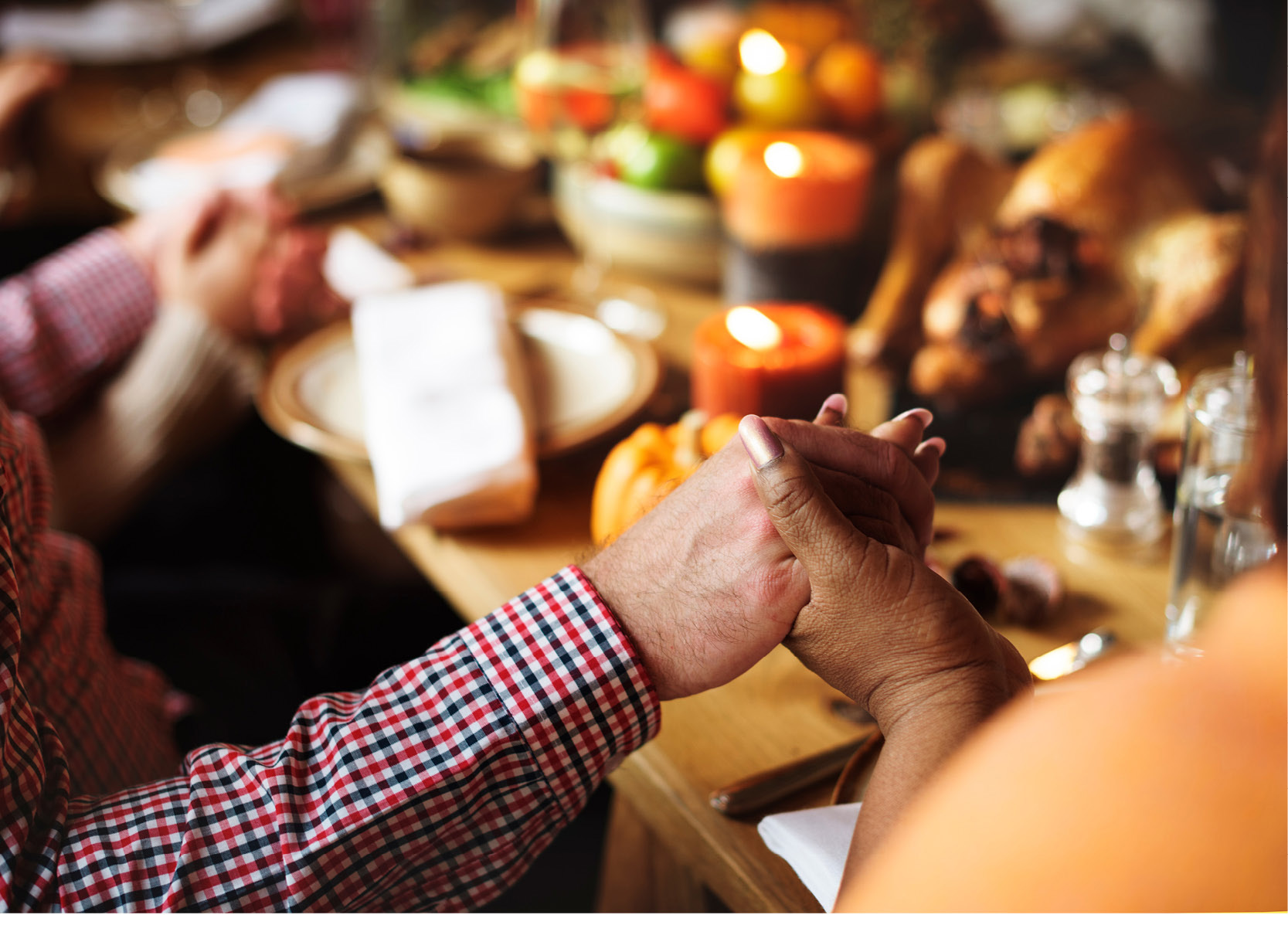
I am truly thankful
for this wonderful country we all live in –
such an incredible
continually growing
grand experiment of a nation!
Family – Friends
Blessings both large and small
Steve
Hope you have a very Happy Thanksgiving!

I am truly thankful
for this wonderful country we all live in –
such an incredible
continually growing
grand experiment of a nation!
Family – Friends
Blessings both large and small
Steve
Hope you have a very Happy Thanksgiving!

To get to the wishbone, one MUST do some serious, serious turkey eating. Then once found, it must dry out for a day or two for the ritual to work properly. So, good luck with your wishbone. And don’t forget the fabulous leftovers! If you’re reading this on the afternoon after Thanksgiving, I’m on my second helping. Enjoy yours!! :-)))
By now, I hope you have recovered from your Thanksgiving coma – (see science on tryptophan), patched up the inappropriate conversation damage done with the relatives, and gotten your fill of football, stuffing and pie (never enough pie! Pumkin and Apple Caramel!). Now, as you decide just how much and which of the leftovers you plan to consume today (turkey mayo sandwich, stuffing and gravy, potatoes and jellied cranberry sauce, or just the green bean casserole), I wanted to share a little history and fun facts on the wishbone tradition. Growing up in the Kowalski house, Thanksgiving is quite the undertaking – making all the food, heading down to the metro parks for the pick-up football game and associated trips to the ER, enough pie for 20. Today, with all the kids and grandkids and great grandkids, we need an offsite location to feed the 88 who will be able to make it back to Cleveland this year!?. One of my favorite memories is the breaking of the turkey wish bone. Mom used to pull it out of the “bird” and set it on the kitchen windowsill to let it dry. On Friday, she had to choose who got to do the wish ceremony (come to think of it, this could be where Dad got his inspiration for PIA (Pain in the @%$) Jobs!). The wishbone ritual is much older than you probably suspect, even though it came to America with the pilgrims at Plymouth Rock. In fact, it began thousands of years earlier in the ancient Etruscan civilization. Enjoy the info below, and thanks to makeitgrateful.com and backyardpoultry.com. Now go get some more pie!
::::::::::::::::::::::::::::::::::::::::::::::::::::::::::::::::::::::::::::::::::::::::::
DO YOU LIKE CONTESTS?
Me, too.
As you may know the Kowalski Heat Treating logo finds its way
into the visuals of my Friday posts.
I. Love. My. Logo.
One week there could be three logos.
The next week there could be 15 logos.
And sometimes the logo is very small or just a partial logo showing.
But there are always logos in some of the pictures.
So, I challenge you, my beloved readers, to count them and send me a
quick email with the total number of logos in the Friday post.
On the following Tuesday I’ll pick a winner from the correct answers
and send that lucky person some great KHT swag.
So, start counting and good luck!
Oh, and the logos at the very top header don’t count.
Got it? Good. :-))))
Have fun!!
::::::::::::::::::::::::::::::::::::::::::::::::::::::::::::::::::::::::::::::::::::::::::

Thank You…
Happy Thanksgiving everyone!!!
…………………………………………..—Steve
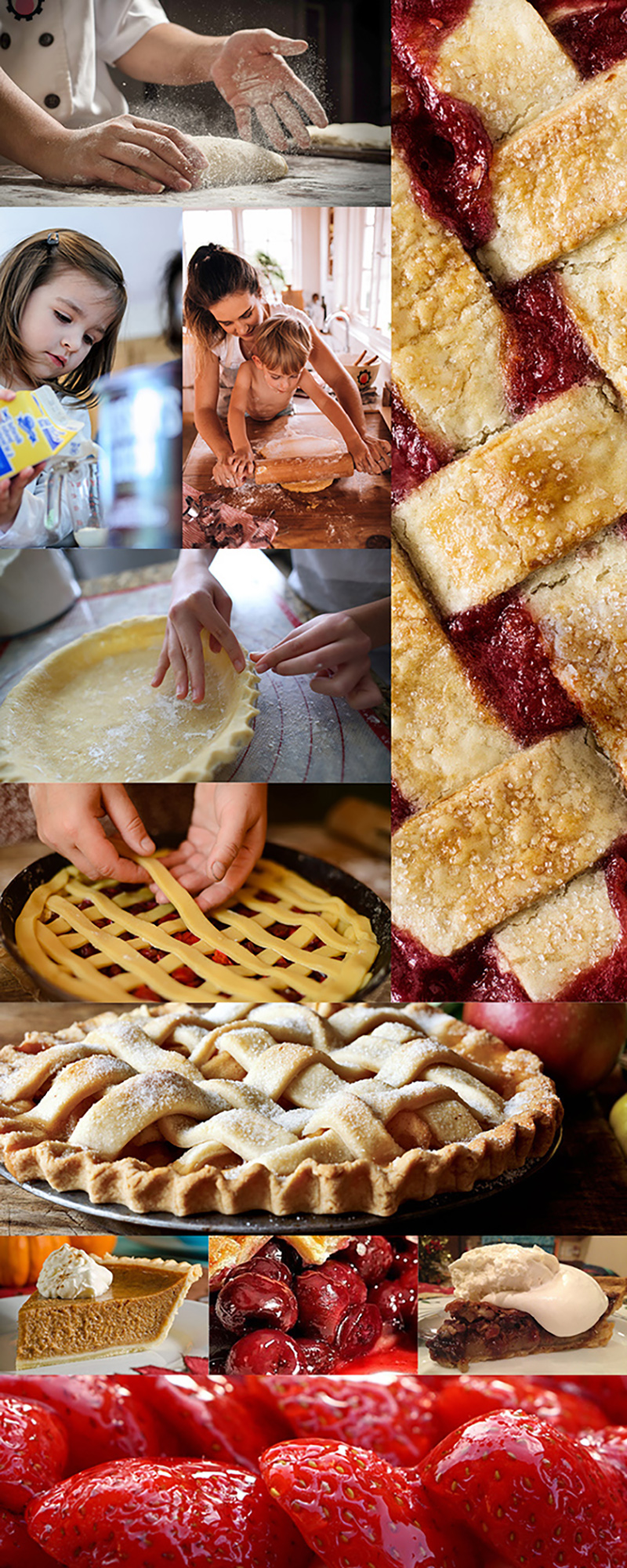
M-m-m-m-m-m-m-m-m-m-m-m-m-m-m-m-m-m-m-m-m-m-m-m-m-m-m-m-m-m, pies!!!
Makin’ em & bakin’ em is a family affair. But I won’t lie, I’m especially partial to eaten‘ em!!!
While most of you are feeling the “stretch” of yesterday’s meals (I never just eat once) and are now digging into the fridge for those amazing leftovers, I on the other hand, am reaching for the thanksgiving unsung hero – extra pie. Of course, I’ve already had my leftover turkey, and stuffing, and cranberry sauce – jellied not that lumpy stuff! and potatoes, and vegi’s, So it’s just right that I finish my re-tasting with a nice couple slices of pie. A little Grannie apple, followed by a smidge of pumpkin, topped with whipped cream and ice cream and a cool glass of soy milk (you’re welcome Jackie!). Not sure what it’s like at your house, but I just love it when Jackie and the girls crack open the recipe books, whip up the family favorite’s, especially, Chocolate Pecan pie and treats us to good cookin’. Although I love to cook, for some reason I tend to cause a ruckus in the kitchen during baking so I have been banished. So, for my foodies out there, here’s a little “pie” trivia (thanks American Pie Council and Wikipedia). Enjoy. And look for the links throughout for fun leftover meals.
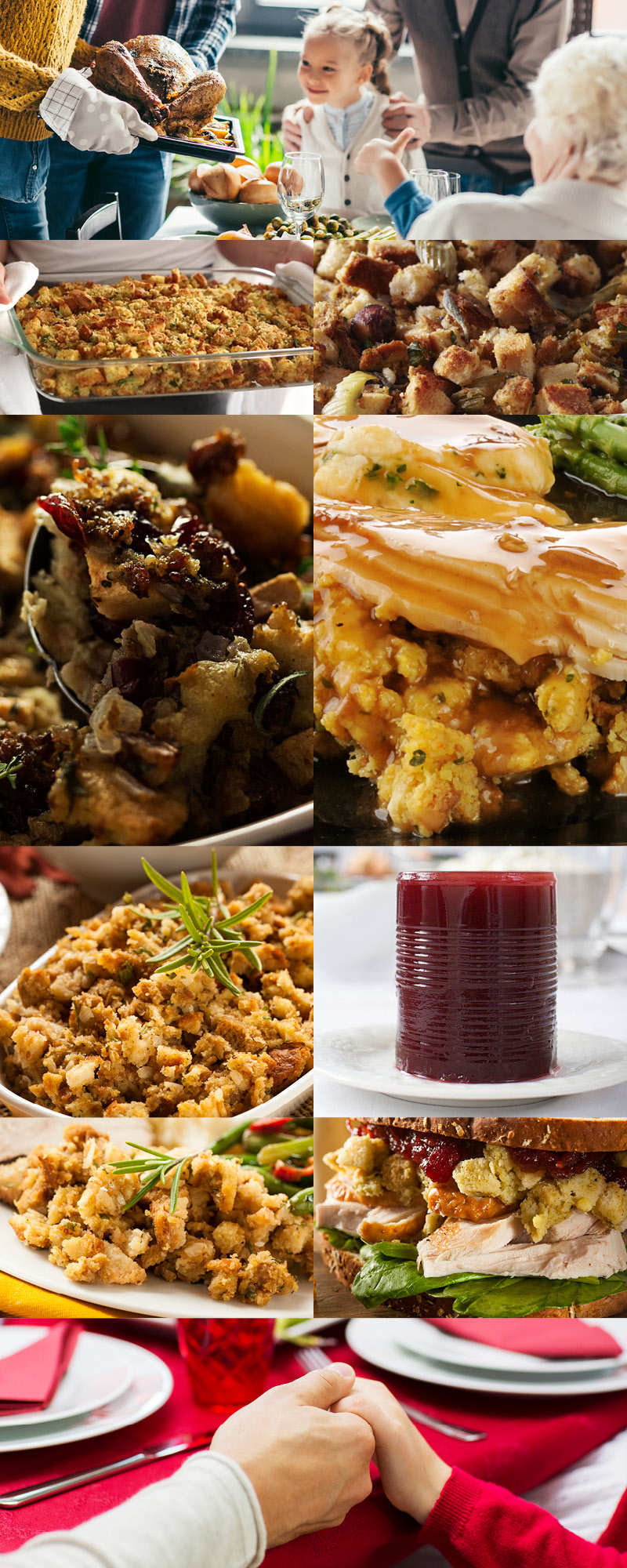
Thanksgiving Day = Turkey but this blog is all about Stuffing. (Oh, and a nod to jellied cranberries) Smells sooo great right out of the oven. Tastes sooo great, too. I’ve tried different recipes and I haven’t met a stuffing I haven’t loved. Stuffing left-overs are great on a sandwich, too. So, say your Thanksgiving grace and serve plenty of stuffing.
Thanksgiving is coming, and with it, one of my favorites – stuffing. Hot or cold, with gravy or without, snack or meal, it’s heaven. Remember stuffing is a wonderful breakfast food also. And I’m guessing, like you, there’s nothing quite like Mom’s. I was always responsible for the “stuffing” part! Now don’t get me wrong, I LOVE Jackie’s recipe, filled with goodness and smothered with her fantastic gravy! As far as I am concerned, Turkey – Stuffing and gravy along Jellied cranberries and I am a happy man! I can still remember my first Thanksgiving with Jackie, as a new couple just starting out and the smell of her savory dressing filling the kitchen. Since I come from a relatively large family my perspective on how much stuffing and cranberry sauce needed was slightly different from Jackie’s. Who doesn’t buy the cans of cranberries when they were 10 for $10? You have to buy 10 correct?
For my history buffs, here’s some great info on stuffing. And for my fellow foodies, some great recipes from around the country. Cornbread or white bread? Just the crust? Store bought cubes, or sour dough? Have fun and ENJOY!
Stuffing, filling, or dressing is an edible substance or mixture, often a starch, used to fill a cavity in another food item while cooking. Many foods may be stuffed, including eggs, poultry, seafood, mammals, fruits and vegetables.
Traditionally, turkey stuffing often consists of cornbread or dried bread, in the form of croutons, cubes or breadcrumbs, mixed with onion, celery, salt, pepper, and other spices and herbs such as summer savory, sage, or a mixture like poultry seasoning. Many families add sausage, raisins, cranberries, bacon, mushrooms, kale, apples and more. Experimenting is fun and easy to get a great complimentary flavor profile. Popular additions in the UK include giblets, dried fruits and nuts (notably apricots and flaked almonds) and chestnuts.
Many types of vegetables are also suitable for stuffing, after their seeds or flesh has been removed. Tomatoes, capsicums (sweet or hot peppers), vegetable marrows (e.g., zucchini) may be prepared in this way. Cabbages and similar vegetables can also be stuffed or wrapped around a filling. They are usually blanched first, to make their leaves more pliable. Then, the interior may be replaced by stuffing, or small amounts of stuffing may be inserted between the individual leaves.
Almost anything can serve as a stuffing or filler. Many popular Anglo-American stuffings contain bread or cereals, usually together with vegetables, herbs and spices, and eggs. Middle Eastern vegetable stuffings may be based on seasoned rice, on minced meat, or a combination thereof. Other stuffings may contain only vegetables and herbs. Some types of stuffing contain sausage meat, or forcemeat, while vegetarian stuffings sometimes contain tofu.
It is not known when stuffings were first used. The earliest documentary evidence is the Roman cookbook, Apicius De Re Coquinaria, which contains recipes for stuffed chicken, dormouse, hare, and pig. Most of the stuffings described consist of vegetables, herbs and spices, nuts, and spelt (an old cereal), and frequently contain chopped liver, brains, and other animal parts.
Ancient Romans, as well as medieval chefs, cooked stuffed animals with other animals. An anonymous Andalusian cookbook from the 13th century includes a recipe for a ram stuffed with small birds. A similar recipe for a camel stuffed with sheep stuffed with bustards stuffed with carp stuffed with eggs is mentioned in T.C. Boyle’s book Water Music. Today families enjoy “turducken” (turkey stuffed with a boned duck stuffed with a boned chicken)
Names for stuffing include “farce” (~1390), “stuffing” (1538), “forcemeat” (1688), and relatively more recently in the United States; “dressing” (1850).
Oysters are used in one traditional stuffing for Thanksgiving. These may also be combined with mashed potatoes, for a heavy stuffing. Fruits and dried fruits can be added to stuffing including apples, apricots, dried prunes, and raisins. (Although I have said I eat anything.. NOT THIS ONE!)
In addition to stuffing the body cavity of animals, including birds, fish, and mammals, various cuts of meat may be stuffed after they have been deboned or a pouch has been cut into them. Popular recipes include stuffed chicken legs or breasts, stuffed pork chops, stuffed breast of veal, fish, as well as the traditional holiday stuffed turkey or goose.
British celebrity chef Hugh Fearnley-Whittingstall has championed the ten-bird roast, calling it “one of the most spectacular and delicious roasts you can lay before your loved ones at Yuletide”. A large turkey is stuffed with a goose, duck, mallard, guinea fowl, chicken, pheasant, partridge, pigeon, and woodcock. The roast feeds approximately 30 people and, as well as the ten birds, includes stuffing made from two pounds of sausage meat and half a pound of streaky bacon, along with sage, and port and red wine.
American couples often have to reconcile competing stuffings as part of the ritual of bonding for the holidays. One Minneapolis woman, who spoke on condition of anonymity to avoid family discord, said she and her husband were so attached to their mothers’ stuffing recipes that they had to alternate years at each table. ”I hate my mother-in-law’s stuffing — she uses chestnuts — and when I have to go to her house, I always stop off at my Mother’s on the way home,” she said. ”She leaves a container of stuffing in the refrigerator for me, and I eat it in the car.”
The stuffing mixture may be cooked separately and served as a side dish. For turkeys, for instance, the USDA recommends cooking stuffing/dressing separately from the bird and not buying pre-stuffed birds. (Stuffing is never recommended for turkeys to be fried, grilled, microwaved, or smoked).
The United States Department of Agriculture (USDA) states that cooking animals with a body cavity filled with stuffing can present potential food safety issues. These can occur because when the meat reaches a safe temperature, the stuffing inside can still harbor bacteria (and if the meat is cooked until the stuffing reaches a safe temperature, the meat may be overcooked).
Ok, gather your ingredients
and let’s make stuffing!
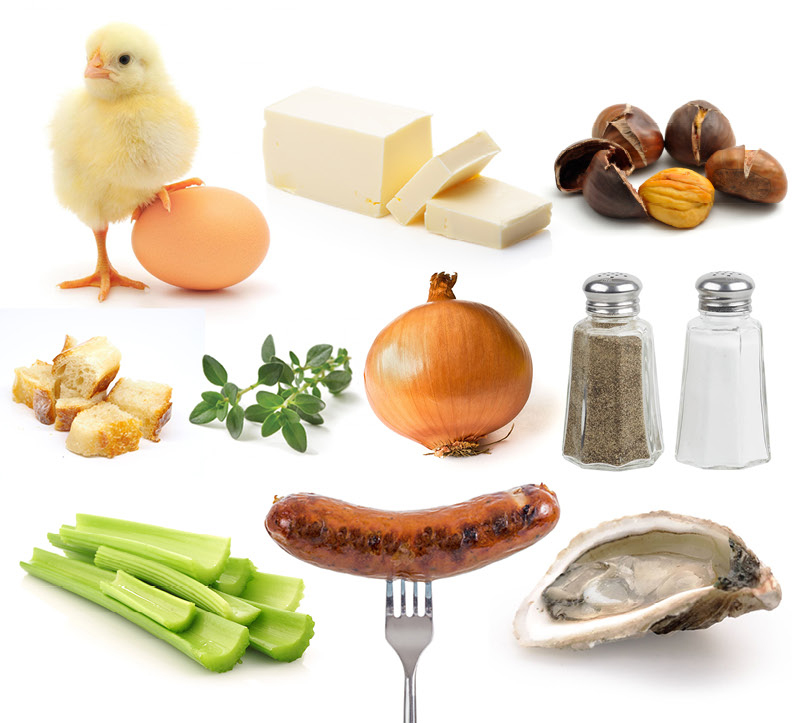
TRADITIONAL STUFFING RECIPE
Time: About an hour
½ c. margarine
5 large celery stalks
1 large onion
1 tsp. dried thyme
¾ tsp. salt
½ tsp. pepper
½ tsp. dried sage
1 can chicken broth
2 loaf sliced firm white bread
½ c. loosely packed fresh parsley leaves
(then have fun – raisins, cranberries, sausage, almonds, apples or chestnuts)
RICH CORN BREAD DRESSING
Time: About an hour
6 1/2 ounces butter (13 tablespoons)
6 cups crumbled corn bread
6 cups torn crusty white bread, such as a baguette
2 cups chopped onion
2 cups chopped celery
1/2 to 1 teaspoon dried sage (optional)
2 teaspoons salt
Black pepper
6 eggs, beaten
1 1/2 cups heavy cream
2 cups turkey or chicken broth
2 dozen shucked small oysters, with their liquid (optional).
SAUSAGE STUFFING WITH SUMMER SAVORY
Time: About an hour
2 tablespoons butter
Pinch of salt
4 medium-size russet potatoes, peeled
2 tablespoons olive oil
2 medium onions, chopped
2 large stalks celery, chopped
1 pound breakfast pork sausage meat, crumbled
2 cups cubes made from crusty white bread, such as a baguette, toasted
1 cup low-sodium or homemade chicken broth
Pepper to taste
1 to 2 teaspoons dried summer savory.

For some, there is nothing more exciting than Black Friday, the day after Thanksgiving in the US. Regarded as the official start of the Christmas Shopping season when most retailers open very early, and some the night before to offer shoppers promotional sales. Many of you have already gotten up early today and rushed off to the malls and stores looking for deals. In my house, being a Dad of four girls, the “day after” was met with fun and fervor. We weren’t a family that would race out and go nuts, but we did at times, go looking for savings. So, in KHT fashion, here is some Wikipedia trivia about the day.
With the Dow Jones Industrials topping 19,000 this week, it’s no wonder what this year will bring. Grab your hat and coat, jump in and have some shopping fun!
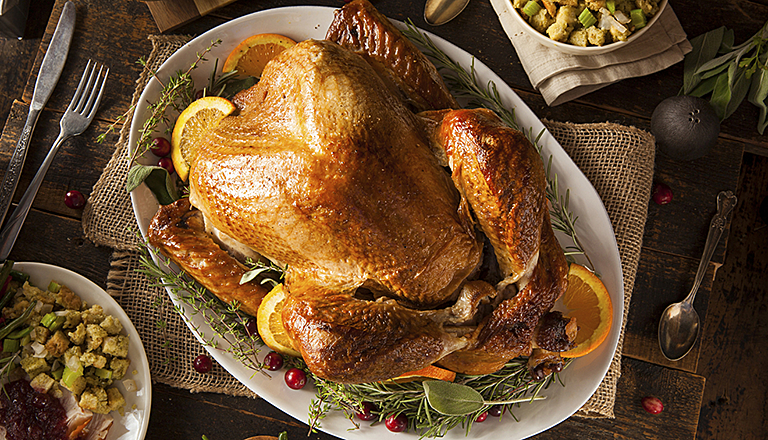
This is now just a wonderful memory.
With me in the house, there are no thanksgiving leftovers. But I hear from friends and colleagues that there are some great recipes for such things. And here’s one you’ve just got to try:
.
Total Time: 50 min
Prep: 35 min
Cook: 15 min
Yield: one 12-inch pizza
Level: Easy
Ingredients
• 1 pound pizza dough
• All-purpose flour, for dusting
• 1 teaspoon cornmeal
• 1 teaspoon extra-virgin olive oil
• 1/2 teaspoon sugar
• 3/4 cup mashed potatoes
• 1/2 cup shredded cheddar cheese
• 2 teaspoons whole milk
• 1 cup prepared stuffing
• 1 roasted turkey (or chicken thigh), with skin
• 1/4 cup chunky cranberry sauce
• 1/4 cup gravy
Directions
Put a pizza stone or upside-down baking sheet in the oven; preheat to 500 degrees F. Stretch the pizza dough into a 12-inch round on a floured surface. Dust a pizza peel or upside-down baking sheet with 1/2 teaspoon cornmeal and put the dough on top. Brush with the olive oil and sprinkle with the sugar and the remaining 1/2 teaspoon cornmeal. Carefully slide onto the hot pizza stone or baking sheet and bake until golden on the bottom, 5 to 7 minutes.
Meanwhile, mix the mashed potatoes with 1/4 cup cheese and the milk in a bowl; set aside. Roll tablespoonfuls of the stuffing into 1-inch balls to look like meatballs. Shred the turkey meat and julienne the skin for flavor.
Slide the crust back onto the peel. Spread the cheddar mashed potatoes over the crust, then top with the shredded turkey. Spoon the cranberry sauce over the pizza and drizzle with the gravy. Arrange the stuffing balls on top and sprinkle with the remaining 1/4 cup cheese and the turkey skin.
Return the pizza to the oven and bake until golden brown, 8 to 10 more minutes.
Recipe courtesy of Duff Goldman for Food Network Magazine. Read more and see a photo here.
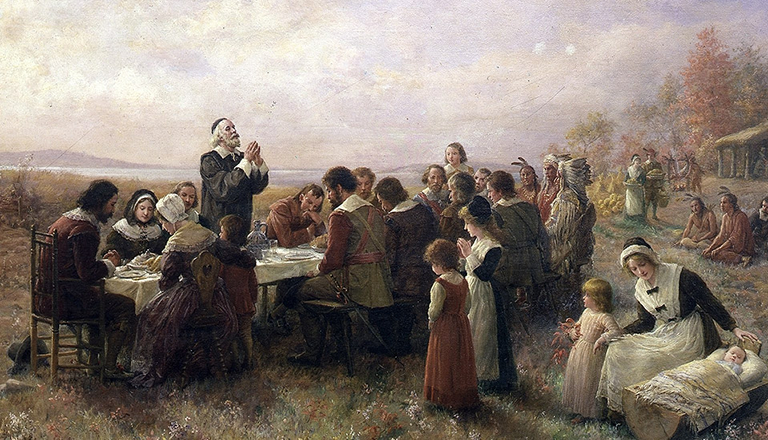
The First Thanksgiving at Plymouth, oil on canvas by Jennie Augusta Brownscombe (1914)
With Thanksgiving coming next week, I just want to say “THANKS”! Celebrating our 40th anniversary this year is amazing and exciting for the KHT Family.
All Our Thanks
- To our wonderful customers who have trusted in us over the years.
- To our reliable vendors who have supported us over the years.
- To our hard-working staff who have made us great, time and again.
- To all our friends, neighbors, and extended families – without your support, we could not have reached this milestone.
- To Dad and Mom for providing the wisdom, encouragement, guidance and support all of these years.
- And finally, to my wife and daughters – I am truly blessed.
May the blessings of Thanksgiving, the love of family, the nourishment of food and the goodwill of friends and family fill your homes this Thanksgiving week.
We are grateful for all you do.
And, on Thursday, may your toughest decision of the day be seconds or thirds or in my case fourths!
Enjoy!
